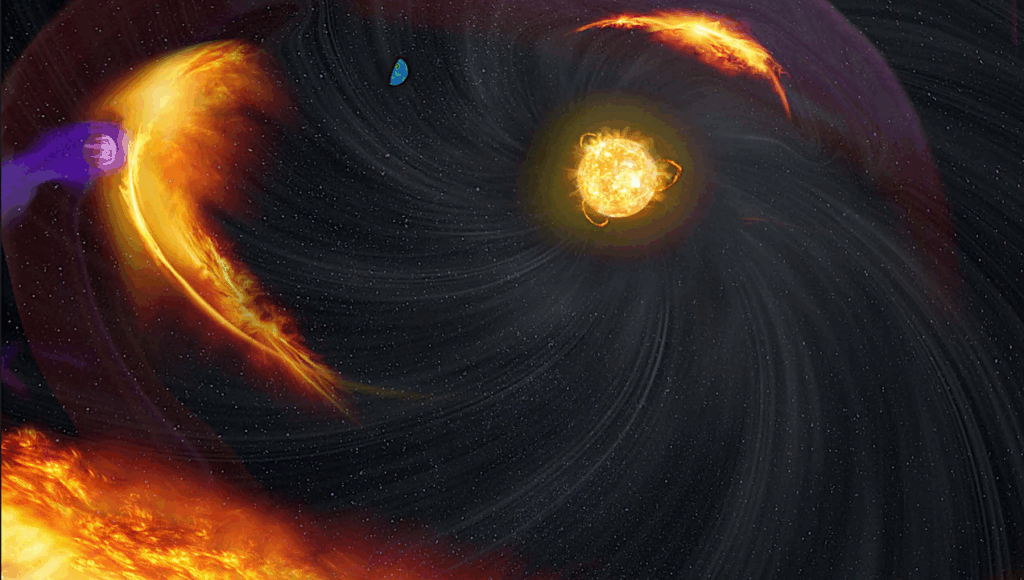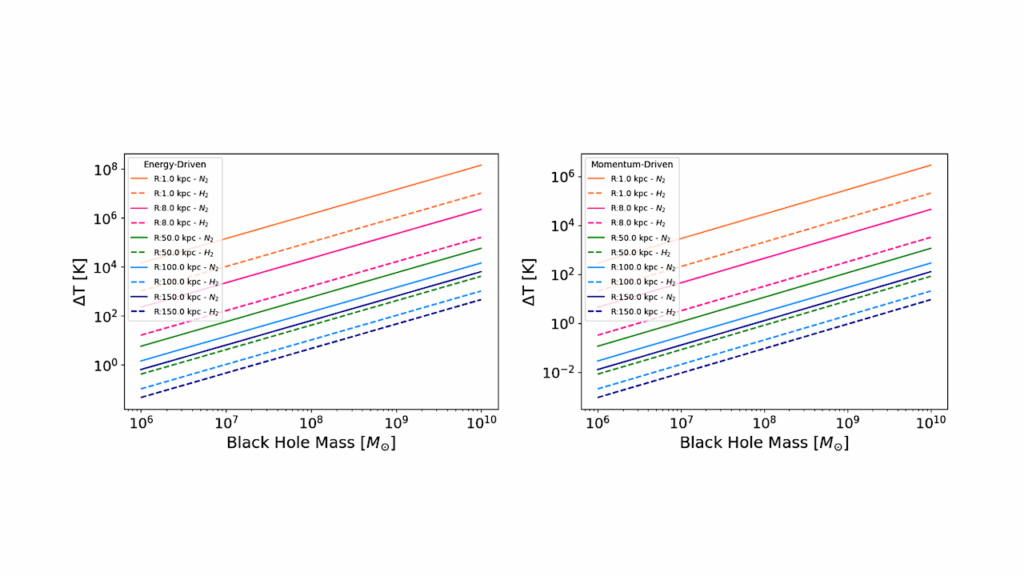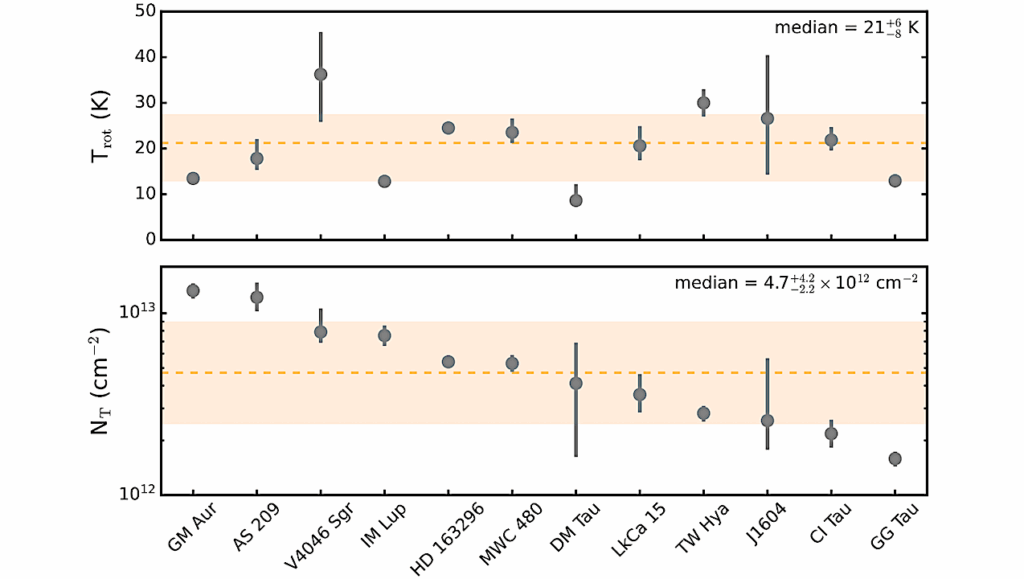Hierarchical Bayesian Atmospheric Retrieval Modeling for Population Studies of Exoplanet Atmospheres: A Case Study on the Habitable Zone

With the growing number of spectroscopic observations and observational platforms capable of exoplanet atmospheric characterization, there is a growing need for analysis techniques that can distill information about a large population of exoplanets into a coherent picture of atmospheric trends expressed within the statistical sample.
In this work, we develop a Hierarchical Bayesian Atmospheric Retrieval (HBAR) model to infer population-level trends in exoplanet atmospheric characteristics. We demonstrate HBAR on the case of inferring a trend in atmospheric CO2 with incident stellar flux, predicted by the presence of a functioning carbonate-silicate weathering negative feedback cycle, an assumption upon which all calculations of the habitable zone (HZ) rest.
Using simulated transmission spectra and JWST-quality observations of rocky planets with H2O, CO2, and N2 bearing atmospheres, we find that the predicted trend in CO2 causes subtle differences in the spectra of order 10 ppm in the 1-5 um range, underscoring the challenge inherent to testing this hypothesis. In the limit of highly precise data (100 stacked transits per planet), we show that our HBAR model is capable of inferring the population-level parameters that characterize the trend in CO2, and we demonstrate that the null hypothesis and other simpler trends can be rejected at high confidence.
Although we find that this specific empirical test of the HZ may be prohibitively challenging in the JWST era, the HBAR framework developed in this work may find a more immediate usage for the analysis of gas giant spectra observed with JWST, Ariel, and other upcoming missions.
Jacob Lustig-Yaeger, Kristin S. Sotzen, Kevin B. Stevenson, Rodrigo Luger, Erin M. May, L. C. Mayorga, Kathleen Mandt, Noam R. Izenberg
Comments: 15 pages, 5 figures, accepted for publication in AJ
Subjects: Earth and Planetary Astrophysics (astro-ph.EP); Instrumentation and Methods for Astrophysics (astro-ph.IM)
Cite as: arXiv:2202.00701 [astro-ph.EP] (or arXiv:2202.00701v1 [astro-ph.EP] for this version)
Submission history
From: Jacob Lustig-Yaeger
[v1] Tue, 1 Feb 2022 19:00:10 UTC (4,254 KB)
https://arxiv.org/abs/2202.00701
Astrobiology








